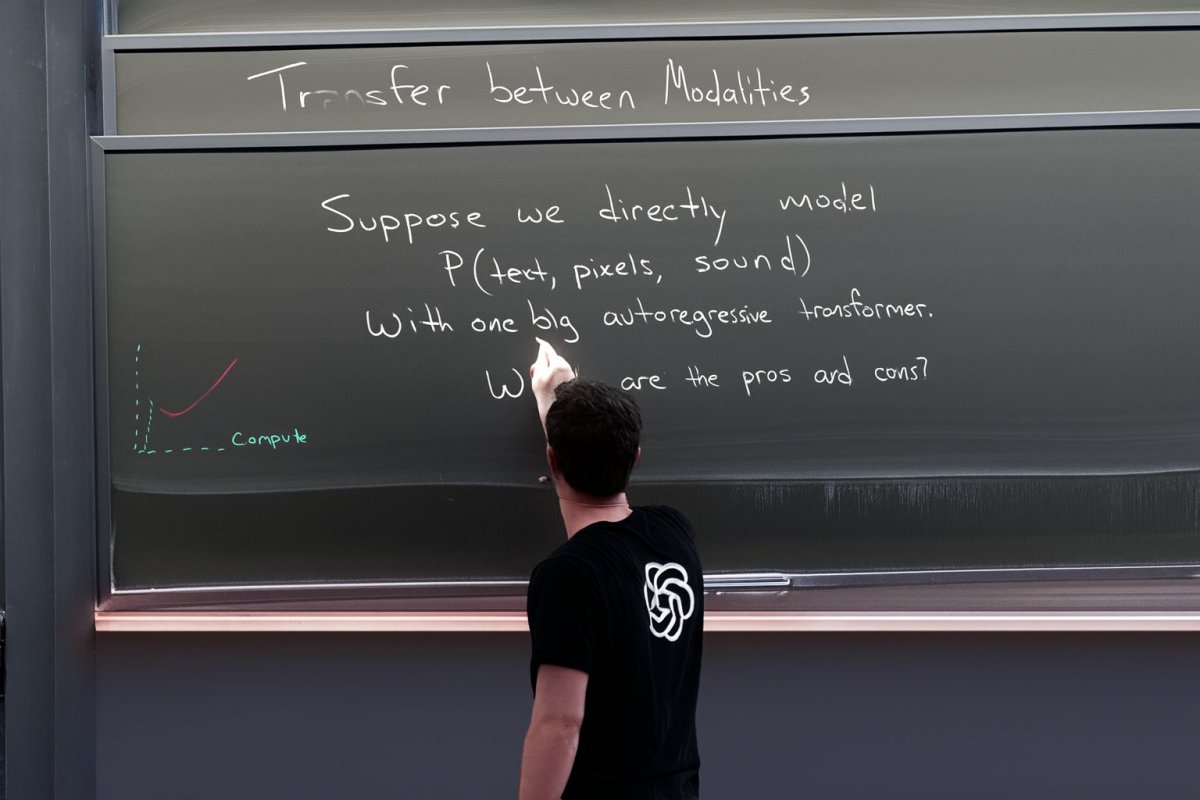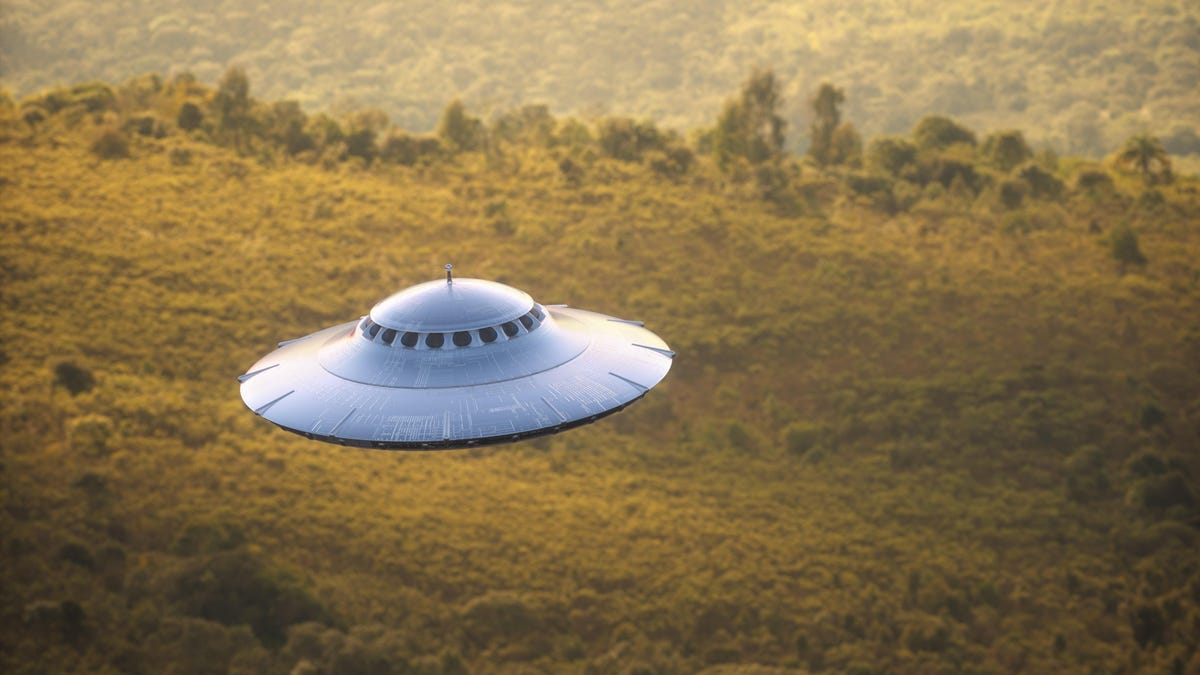Advancements in AI Image Generation: OpenAI’s GPT-4o Model
OpenAI, under the leadership of President Greg Brockman, unveiled its latest innovation in artificial intelligence – the GPT-4o model. This model represents a significant leap forward in the realm of AI-powered image generation. Brockman recently shared the first public image generated by GPT-4o, showcasing its remarkable capabilities.
The Evolution of GPT Models
GPT-4o builds upon the foundation laid by its predecessors, the GPT-4 family of models. Noteworthy improvements include enhanced speed, cost-effectiveness, and the ability to retain more information from diverse inputs like audio and vision data. Unlike previous iterations that relied on converting various forms of media to text before processing, GPT-4o was trained on multimedia tokens from the outset. This unique approach enables the model to directly interpret visual and auditory information, setting it apart from its predecessors.
Comparing GPT-4o with DALL-E 3
The image generated by GPT-4o, as shared by Brockman, signifies a marked improvement over OpenAI’s previous image generation model, DALL-E 3. The visual produced by GPT-4o demonstrates higher quality, realism, and text generation accuracy, reflecting the model’s advanced capabilities.
It is important to note that while GPT-4o shows immense promise in image generation, its native capabilities in this regard are not yet publicly available. Brockman alluded to ongoing efforts within the team to make these capabilities accessible to the wider audience, signaling a commitment to further innovation and technological progress.
In conclusion, OpenAI’s GPT-4o model represents a significant advancement in the field of AI image generation, showcasing the potential for transformative applications across various industries and domains.
Image/Photo credit: source url





